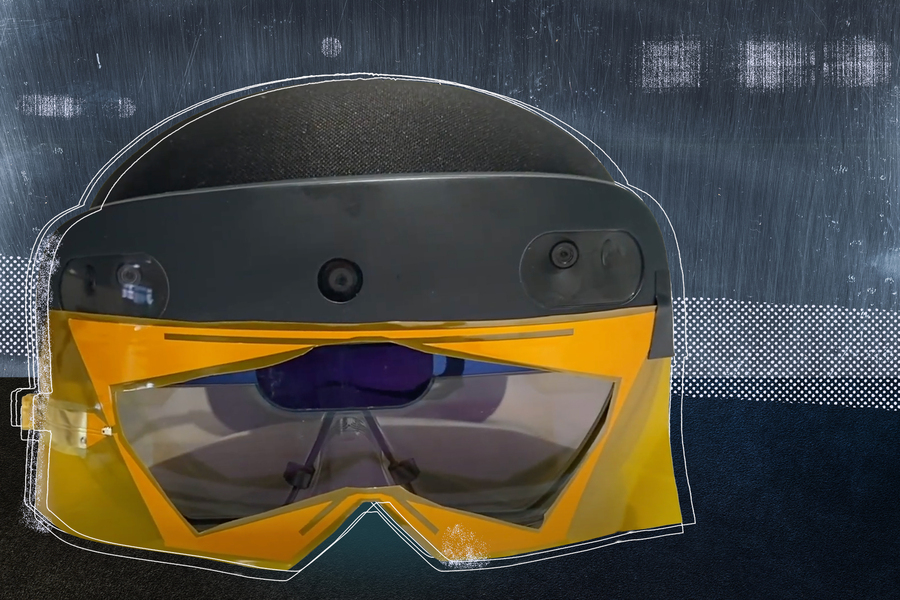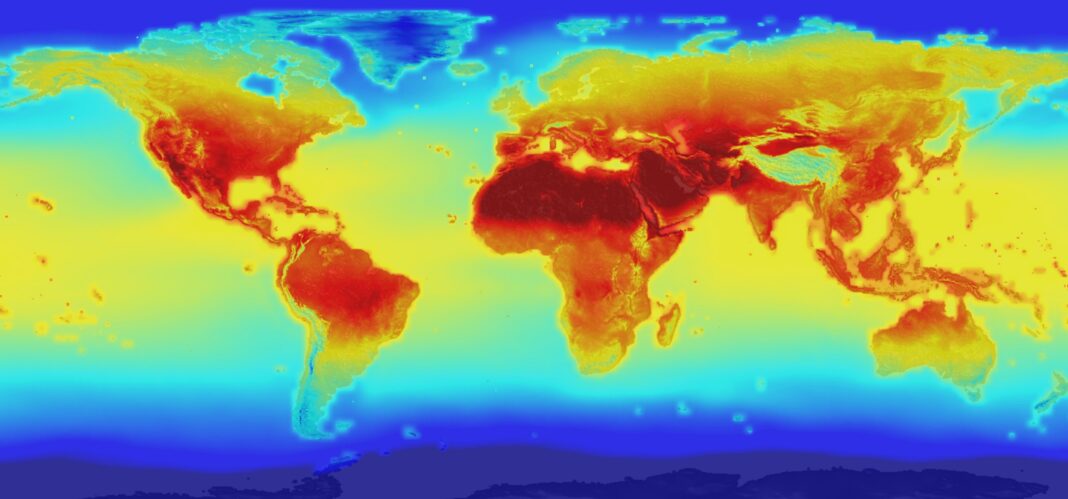Have you ever wanted to have X-ray vision? Now, thanks to the incredible new augmented reality (AR) headset from MIT researchers, that dream could become a reality! The headset combines computer vision and wireless perception to automatically locate a specific item that is hidden from view, perhaps inside a box or under a pile. It then uses radio frequency (RF) signals that can pass through materials like cardboard boxes and plastic containers to find hidden items with RFID tags. Keep reading to learn more about this amazing new technology!
One of the most impressive features of the AR headset is how it works. The device utilizes RF signals, which are sent by an RF antenna, to detect objects that are labeled with RFID tags. These tags reflect the signal back to the headset, allowing it to pinpoint the exact location of the object. As you move closer to the item, an image of a transparent sphere appears in your field of vision, guiding you to its location. Once you reach it, a 3D animation pops up on your screen confirming that you have reached your destination.
The technology has potential applications in many different fields. In warehouses and factories, for example, workers can use it to quickly locate and retrieve items without having to search through endless shelves or piles of material. Additionally, it could be used by rescue teams who need to find survivors in debris-strewn environments after an earthquake or other disaster. With this device on their heads, they would be able to easily detect where people are trapped and safely recover them without putting themselves at risk.
The augmented reality headset created by MIT researchers is truly revolutionary – not only does it give users X-ray vision but also provides practical applications across numerous industries. This game-changing technology allows us to see what was previously hidden from view and could revolutionize how we interact with our environment in ways we never thought possible before now! We look forward to seeing what else this device can do as more research is conducted in this field!











